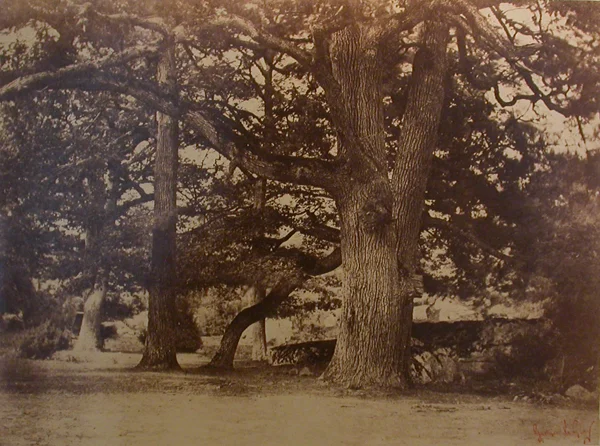Gustave Le Gray
(FRENCH, 1820 - 1884)
Gustave Le Gray has has been called the most important French photographer of the nineteenth century. Trained as a painter under Paul Delaroche, Le Gray made his mark in the emerging medium of photography. An experimenter and technical innovator, Le Gray pioneered the use of the paper negative in France and developed a waxed-paper negative that produced sharper-focus prints. In 1851 he began to use collodion on glass negatives, which further increased the clarity of his images. He became one of the first five photographers, along with Édouard-Denis Baldus and Hippolyte Bayard, to work for the missions héliographique, a government-sponsored commission to document the state of repair of important French monuments and buildings. He was also a founding member of the Société Héliographique, the first photographic organization in the world. In the early 1860s he toured the Mediterranean with Alexandre Dumas. He spent his last years in Lebanon and finally Egypt, where he became a professor of drawing and where he died, in 1884.


